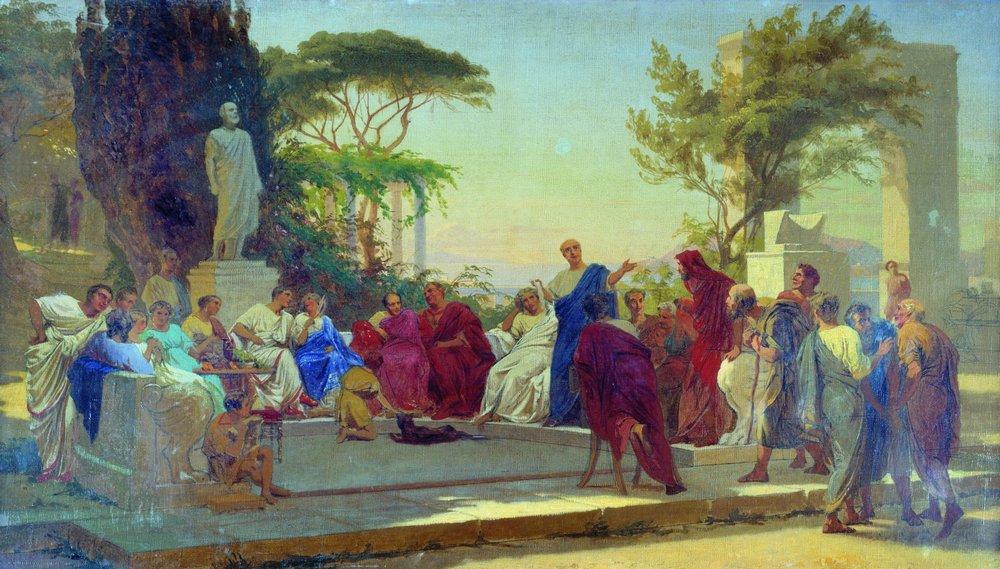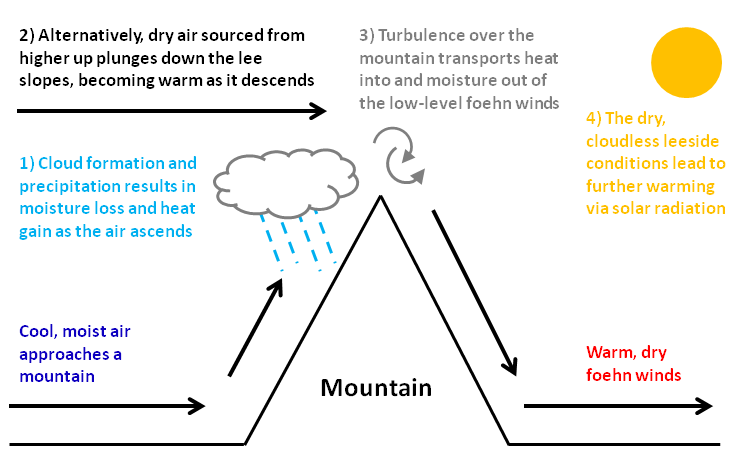|
Trivicum
Trivicum is the ancient Hirpini and Samnium town nowadays called Trevico. Horace's visit The Roman poet Horace mentions Trivicum in his well-known account of a journey in 37 BC along the Appian Way from Rome to Brindisi: : : : : :Horace, ''Satires'', 1.5.77–81. :'From there ( Beneventum) Apulia Apulia ( ), also known by its Italian language, Italian name Puglia (), is a Regions of Italy, region of Italy, located in the Southern Italy, southern peninsular section of the country, bordering the Adriatic Sea to the east, the Strait of Ot ... began to show her familiar mountains to me, which the Atabulus wind scorches and which we would never have crawled over, had not a neighbouring villa in Trivicum welcomed us, not without eye-watering smoke, as the fireplace was burning damp branches along with their leaves.' References Geography of Italy {{Italy-geo-stub ... [...More Info...] [...Related Items...] OR: [Wikipedia] [Google] [Baidu] |
Hirpini
The Hirpini (Latin: ') were an ancient Samnite tribe of Southern Italy. While generally regarded as having been Samnites, sometimes they are treated as a distinct and independent nation. They inhabited the southern portion of Samnium, in the more extensive sense of that name, roughly the area now known as Irpinia from their name—a mountainous region bordering on Basilicata towards the south, on Apulia to the east, and on Campania towards the west. No marked natural boundary separated them from these neighboring nations, but they occupied the lofty masses and groups of the central Apennines, while the plains on each side, and the lower ranges that bounded them, belonged to their more fortunate neighbors. The mountain basin formed by the three tributaries of the ''Vulturnus'' (modern Volturno)—the ''Tamarus'' (modern Tammaro), ''Calor'' (modern Calore), and ''Sabatus'' (modern Sabato), which, with their valleys, unite near Beneventum, surrounded on all sides by lofty and rug ... [...More Info...] [...Related Items...] OR: [Wikipedia] [Google] [Baidu] |
Trevico
Trevico is a town and ''comune'' in the province of Avellino, Campania, southern Italy. Located in the Apennines upon a steep hill at 3,576 feet (1,090 m) altitude, Trevico is the highest inhabited place in Campania. Its main produce are hams, chestnuts and potatoes, each of them is awarded prodotti agroalimentari tradizionali, PAT quality mark. The town is part of the Roman Catholic Diocese of Ariano Irpino-Lacedonia and its territory borders with the municipalities of Carife, Castel Baronia, San Nicola Baronia, San Sossio Baronia, Scampitella, Vallata, and Vallesaccarda. Climate Trevico has an oceanic climate (Köppen climate classification, Köppen: ''Cfb'') with cold winters, mild summers, and evenly spread precipitation throughout the year. People * Rosa Giannetta, journalist and a professor of sociology * Vincent DeMarco, President of the Maryland Citizens' Health Initiative See also * Trivicum References External links * Cities and towns in Campani ... [...More Info...] [...Related Items...] OR: [Wikipedia] [Google] [Baidu] |
Samnium
Samnium () is a Latin exonym for a region of Southern Italy anciently inhabited by the Samnites. Their own endonyms were ''Safinim'' for the country (attested in one inscription and one coin legend) and ''Safineis'' for the The language of these endonyms and of the population was the Oscan language. However, not all the Samnites spoke Oscan, and not all the Oscan-speakers lived in Samnium. Ancient geographers were unable to relay a precise definition of Samnium's borders. Moreover, the areas it included vary depending on the time period considered. The main configurations are the borders it had during the ''floruit'' of the Oscan speakers, from about 600 BC to about 290 BC, when it was finally absorbed by the Roman Republic. The original territory of Samnium should not be confused with the later territory of the same name. Rome's first Emperor, Augustus, divided Italy into 11 regions. Although these entities only served administrative purposes, and were identified with the ... [...More Info...] [...Related Items...] OR: [Wikipedia] [Google] [Baidu] |
Horace
Quintus Horatius Flaccus (; 8 December 65 BC – 27 November 8 BC), Suetonius, Life of Horace commonly known in the English-speaking world as Horace (), was the leading Roman lyric poet during the time of Augustus (also known as Octavian). The rhetorician Quintilian regarded his '' Odes'' as the only Latin lyrics worth reading: "He can be lofty sometimes, yet he is also full of charm and grace, versatile in his figures, and felicitously daring in his choice of words."Quintilian 10.1.96. The only other lyrical poet Quintilian thought comparable with Horace was the now obscure poet/metrical theorist, Caesius Bassus (R. Tarrant, ''Ancient Receptions of Horace'', 280) Horace also crafted elegant hexameter verses ('' Satires'' and '' Epistles'') and caustic iambic poetry ('' Epodes''). The hexameters are amusing yet serious works, friendly in tone, leading the ancient satirist Persius to comment: "as his friend laughs, Horace slyly puts his finger on his every fault; once let ... [...More Info...] [...Related Items...] OR: [Wikipedia] [Google] [Baidu] |
Appian Way
The Appian Way (Latin and Italian language, Italian: Via Appia) is one of the earliest and strategically most important Roman roads of the ancient Roman Republic, republic. It connected Rome to Brindisi, in southeast Italy. Its importance is indicated by its common name, recorded by Statius, of ('the Appian Way, the queen of the long roads'). The road is named after Appius Claudius Caecus, the Roman censor who, during the Samnite Wars, began and completed the first section as a military road to the south in 312 BC."Appian Way" in ''Chambers's Encyclopædia''. London: George Newnes Ltd, George Newnes, 1961, Vol. 1, p. 490. In July 2024, the Appian Way entered the UNESCO World Heritage List. Origins Development The Appian Way was a Roman roads, Roman road that the Roman Republic, Republic used as a main route for military supplies for its conquest of southern Italy in 312 BC and for improvements in communication. The Appian Way — essential to the Romans — wa ... [...More Info...] [...Related Items...] OR: [Wikipedia] [Google] [Baidu] |
Brindisi
Brindisi ( ; ) is a city in the region of Apulia in southern Italy, the capital of the province of Brindisi, on the coast of the Adriatic Sea. Historically, the city has played an essential role in trade and culture due to its strategic position on the Italian Peninsula and its natural port on the Adriatic Sea. The city remains a major port for trade with the Balkan Peninsula, Greece and the Middle East. Its industries include agriculture, chemical works, and the generation of electricity. From September 1943 to February 1944, Brindisi was the provisional government seat of the Kingdom of Italy, meaning that the city has been one of the 5 capitals in the history of Italy. Etymology The name comes from the Latin , through the Greek , is a corruption of the Messapic language, Messapian , meaning "head of the deer", and probably referring to the shape of the natural harbour. It is related to Albanian language, Albanian bri, brî - pl. Brini zi (black horn) brirë, brinë ("horn"; " ... [...More Info...] [...Related Items...] OR: [Wikipedia] [Google] [Baidu] |
Benevento
Benevento ( ; , ; ) is a city and (municipality) of Campania, Italy, capital of the province of Benevento, northeast of Naples. It is situated on a hill above sea level at the confluence of the Calore Irpino (or Beneventano) and the Sabato (river), Sabato. In 2020, Benevento has 58,418 inhabitants. It is also the seat of a Roman Catholic Archdiocese of Benevento, Catholic archbishop. Benevento occupies the site of the ancient ''Beneventum'', originally ''Maleventum'' or even earlier ''Oscan language, Maloenton''. In the Roman Empire, imperial period, its founder was deemed to have been Diomedes after the Trojan War. Due to its artistic and cultural significance, the Santa Sofia, Benevento, Santa Sofia Church in Benevento was declared a UNESCO World Heritage Site in 2011, as part of a group of seven historic buildings inscribed as Longobards in Italy, Places of Power (568–774 A.D.). The patron saint of Benevento is Saint Bartholomew, the Apostles in the New Testament, Apost ... [...More Info...] [...Related Items...] OR: [Wikipedia] [Google] [Baidu] |
Apulia
Apulia ( ), also known by its Italian language, Italian name Puglia (), is a Regions of Italy, region of Italy, located in the Southern Italy, southern peninsular section of the country, bordering the Adriatic Sea to the east, the Strait of Otranto and Ionian Sea to the southeast and the Gulf of Taranto to the south. The region comprises , and has 3,874,166 inhabitants as of 2025. It is bordered by the other Italian regions of Molise to the north, Campania to the west, and Basilicata to the southwest. The regional capital is Bari. In ancient times, more precisely at the beginning of the first millennium BC, the region of Apulia was inhabited by the Iapygians, while during the 8th century BC its coastal areas were populated by Magna Graecia, ancient Greeks. Later, the region was conquered by the ancient Romans. It was then conquered by the Byzantine Empire, Byzantines, followed by the Normans, the Kingdom of Aragon, Aragonese and the Spanish Empire, Spanish. Subsequently, it bec ... [...More Info...] [...Related Items...] OR: [Wikipedia] [Google] [Baidu] |
Foehn Wind
A Foehn, or Föhn (, , , ), is a type of dry, relatively warm downslope wind in the lee of a mountain range. It is a rain shadow wind that results from the subsequent adiabatic warming of air that has dropped most of its moisture on windward slopes (see orographic lift). As a consequence of the different adiabatic lapse rates of moist and dry air, the air on the leeward slopes becomes warmer than equivalent elevations on the windward slopes. Foehn winds can raise temperatures by as much as in just a matter of hours. Switzerland, southern Germany, and Austria have a warmer climate due to the Foehn, as moist winds off the Mediterranean Sea blow over the Alps. Etymology The name ''Foehn'' (, ) arose in the Alpine region. Originating from Latin , a mild west wind of which Favonius was the Roman personification and probably transmitted by or just , the term was adopted as . In the Southern Alps, the phenomenon is known as but also and in Serbo-Croatian and Slovene. Th ... [...More Info...] [...Related Items...] OR: [Wikipedia] [Google] [Baidu] |







